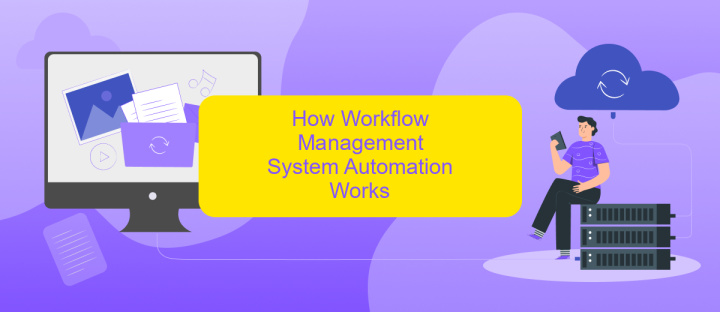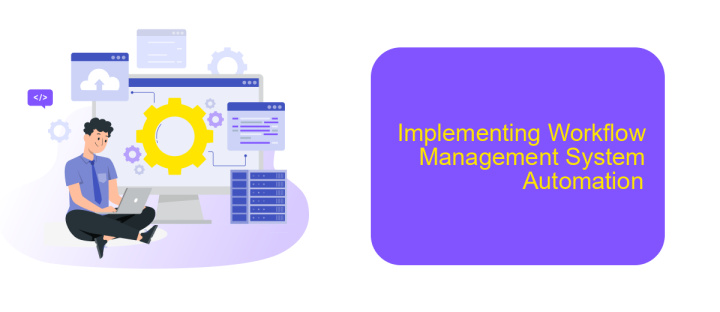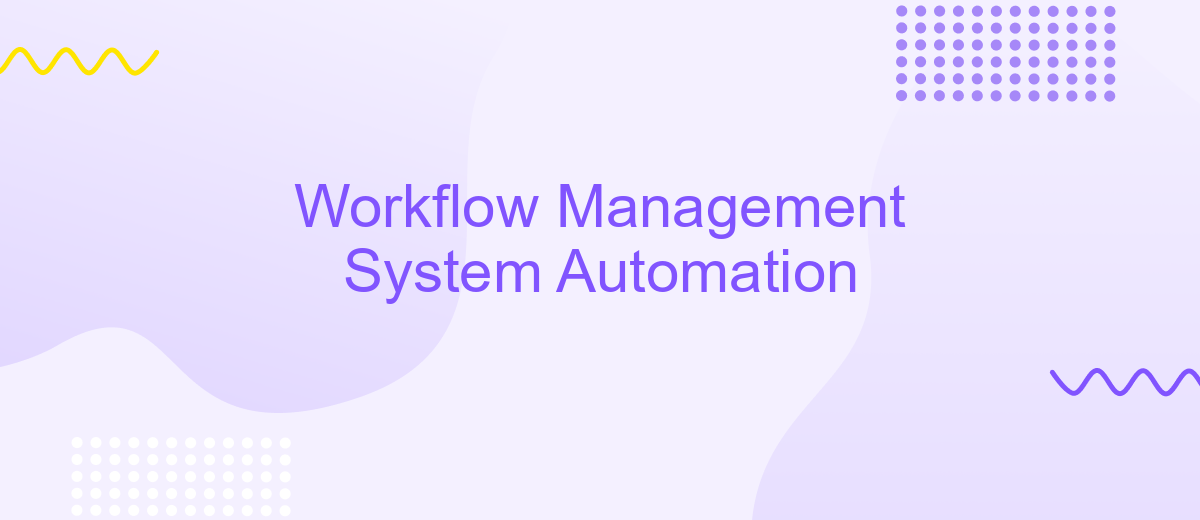Workflow Management System Automation
In today's fast-paced business environment, Workflow Management System Automation has become a crucial tool for enhancing efficiency and productivity. By automating repetitive tasks and streamlining processes, companies can reduce human error, save time, and focus on strategic activities. This article explores the benefits, implementation strategies, and key features of workflow automation systems, offering insights into how they can transform organizational operations.
Introduction
Workflow Management System Automation is a crucial aspect of modern business operations, aiming to streamline and optimize various processes within an organization. By automating repetitive tasks and ensuring seamless coordination among team members, businesses can enhance productivity, reduce errors, and achieve better outcomes.
- Improved efficiency through task automation
- Enhanced collaboration and communication
- Real-time tracking and reporting
- Reduced operational costs
- Scalability and flexibility
One of the key components in achieving effective workflow automation is the integration of various tools and services. Platforms like ApiX-Drive facilitate this by allowing seamless integration of different applications, ensuring that data flows effortlessly across systems. This not only saves time but also minimizes the risk of errors, making the entire workflow more robust and reliable.
Benefits of Workflow Management System Automation

Implementing a Workflow Management System (WMS) automation significantly enhances operational efficiency by streamlining repetitive tasks and reducing human error. Automation ensures that tasks are completed consistently and on time, leading to improved productivity and allowing employees to focus on more strategic activities. This not only saves time but also reduces costs associated with manual labor and error rectification. Furthermore, WMS automation provides valuable insights through real-time data tracking and analytics, facilitating better decision-making and resource allocation.
Another key benefit of WMS automation is its ability to seamlessly integrate with various tools and services, enhancing overall workflow coherence. For instance, services like ApiX-Drive enable effortless integration between different applications, ensuring that data flows smoothly across platforms without manual intervention. This integration capability reduces the complexity of managing multiple systems and enhances the agility of business processes. By leveraging such services, organizations can achieve a more cohesive and efficient workflow, ultimately driving better business outcomes.
How Workflow Management System Automation Works

Workflow management system automation streamlines business processes by automating repetitive tasks and ensuring that workflows are executed efficiently. This involves integrating various tools and platforms to create seamless operations, reducing the need for manual intervention and minimizing errors.
- Identify repetitive tasks within the workflow that can be automated.
- Choose a workflow management system that supports automation.
- Integrate tools and platforms using services like ApiX-Drive to facilitate data flow between different systems.
- Create automation rules and triggers to execute tasks automatically based on predefined conditions.
- Continuously monitor and optimize the automated workflows for performance and efficiency.
By leveraging automation in workflow management systems, organizations can improve productivity, reduce operational costs, and enhance overall efficiency. Tools like ApiX-Drive help in setting up integrations effortlessly, ensuring that data is synchronized across various platforms, thereby enabling smooth and automated workflows.
Implementing Workflow Management System Automation

Implementing a Workflow Management System (WMS) automation requires a strategic approach to ensure seamless operations. The first step involves identifying the key processes that need automation, such as task assignments, approvals, and notifications. By mapping out these processes, organizations can pinpoint areas where automation can significantly enhance efficiency.
Next, selecting the right tools and platforms is crucial. A robust WMS should integrate seamlessly with existing software and offer flexibility for future expansions. Tools like ApiX-Drive facilitate these integrations by connecting various applications, ensuring data flows smoothly between systems without manual intervention.
- Identify key processes for automation
- Select appropriate tools and platforms
- Utilize integration services like ApiX-Drive
- Test and refine automated workflows
Once the tools are in place, it's essential to test the automated workflows thoroughly. This ensures that all processes function as intended and any issues are addressed promptly. Continuous monitoring and refinement of the workflows will help maintain optimal performance and adapt to any changes in the business environment.
Best Practices for Workflow Management System Automation
Effective workflow management system automation begins with a thorough understanding of your current processes. Start by mapping out each step to identify bottlenecks and inefficiencies. This will help you determine which tasks can be automated to save time and reduce errors. Prioritize automating repetitive and time-consuming tasks first, as this will provide the most immediate benefits. Additionally, ensure that your team is well-trained and comfortable with the new automated workflows to maximize efficiency and minimize disruptions.
Integrating your workflow management system with other tools and services is crucial for seamless automation. Utilize platforms like ApiX-Drive to facilitate these integrations. ApiX-Drive allows you to connect various applications without the need for coding, streamlining data flow and communication between systems. Regularly review and update your automated workflows to adapt to changing business needs and technological advancements. By continuously optimizing your workflow management system, you can maintain a high level of productivity and stay ahead of your competition.
FAQ
What is a Workflow Management System (WMS) Automation?
How can WMS Automation benefit my business?
What should I consider when implementing WMS Automation?
How do I integrate WMS Automation with other tools and systems?
Can WMS Automation be customized for unique business processes?
Time is the most valuable resource for business today. Almost half of it is wasted on routine tasks. Your employees are constantly forced to perform monotonous tasks that are difficult to classify as important and specialized. You can leave everything as it is by hiring additional employees, or you can automate most of the business processes using the ApiX-Drive online connector to get rid of unnecessary time and money expenses once and for all. The choice is yours!

